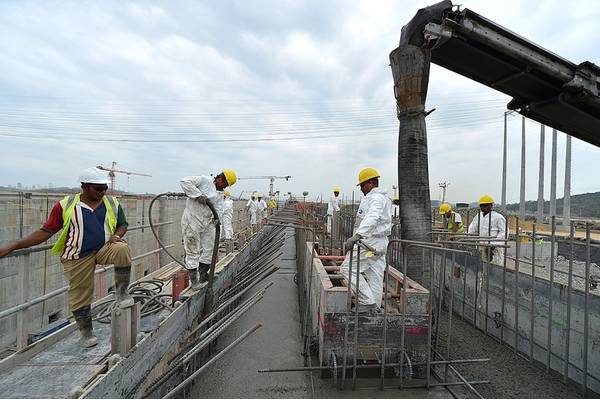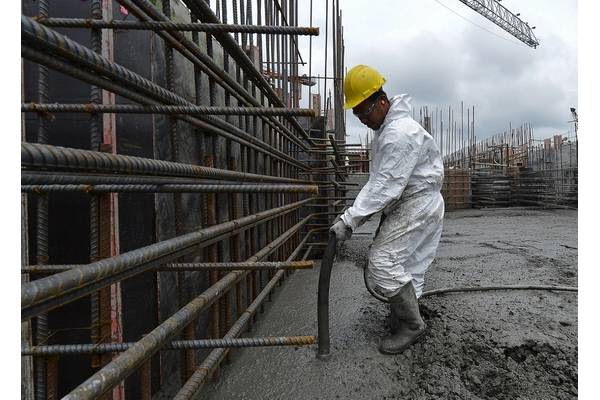

After the arrival of the second set of rolling gates, the Panama Canal Expansion keeps moving forward reaching a new milestone at the Pacific side with the pouring of more than two million cubic meters of concrete, the Panama Canal Authority (ACP) reported.
"This is another milestone that shows the progress of various components of the Canal Expansion Project," said the Administrator of the ACP, Jorge Luis Quijano.
The pouring mark of more than 2 million meters of concrete was reached this month in one of the monoliths that is on the west wall of the middle lock chamber.
In total, 4.3 million cubic meters of concrete is required to complete the construction of two lock complexes. To date, a total of 1.8 million cubic meters of concrete has been poured on the Atlantic side.
The new lock complexes in the Pacific and Atlantic sides will feature three chambers, three water-saving basins per chamber, a lateral filling and emptying system, and rolling gates.
A total of 76.3 percent progress has been achieved under the Canal Expansion Program as of May 31, 2014.
pancanal.com



